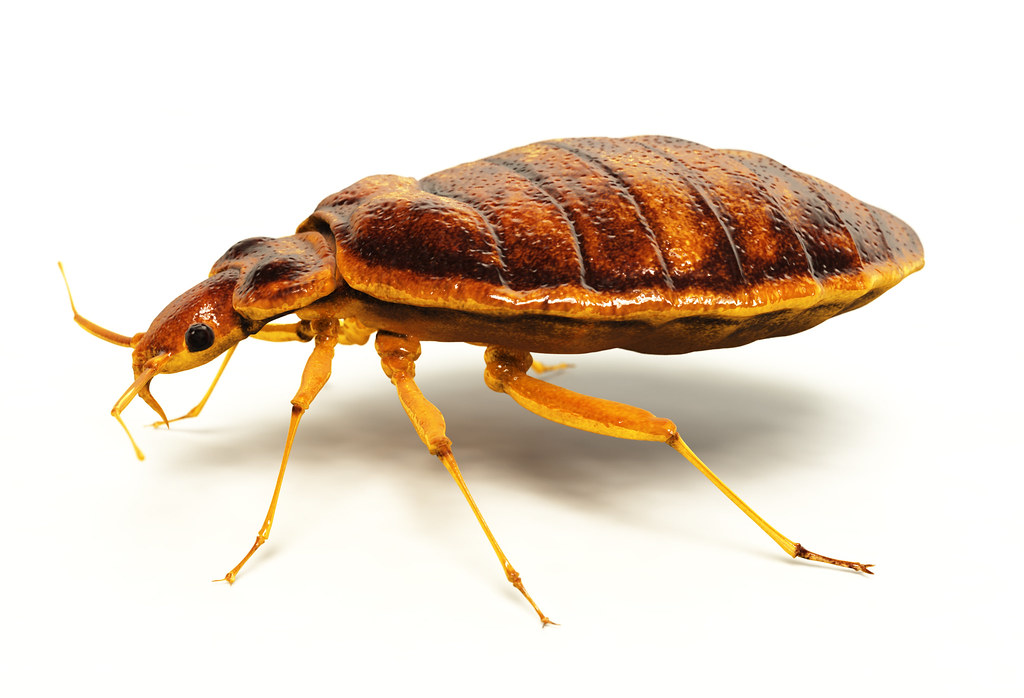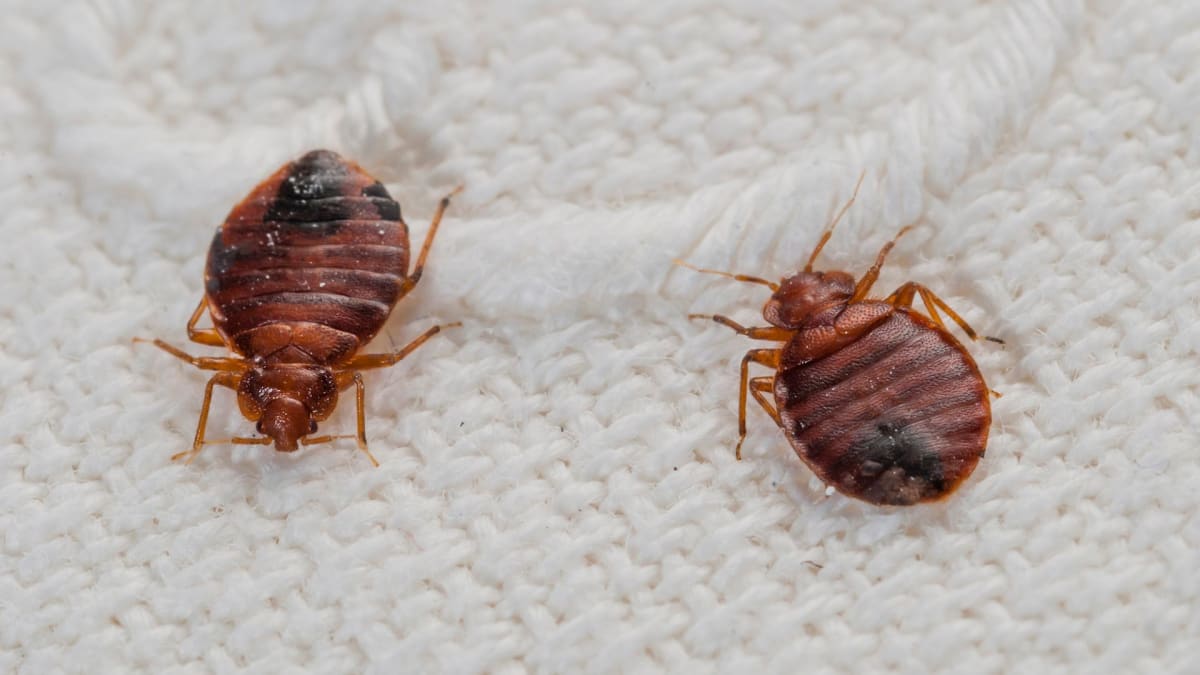Trustworthy Bed Bug Exterminator Near Me: DC Heat Treatment Specialists
Discovering the Science Behind Bed Pest Heat Treatments as a Lasting Insect Monitoring Technique
One such technique that has actually obtained traction in recent years is the use of heat treatments to deal with bed pest problems. The details of how heat efficiently eliminates bed bugs and the wider ramifications for sustainable bug administration techniques make this a subject worth checking out additionally.
Bed Pest Warmth Therapy Refine

Thermal Death Factor for Bed Bugs
Subjecting bed bugs to raised temperature levels beyond their thermal resistance variety is critical for accomplishing effective elimination in heat treatment procedures. The thermal death factor for bed bugs refers to the temperature level at which these insects can not endure. Research suggests that bed bugs start to die when revealed to temperatures over 113 ° F(45 ° C) for a continual period. As the temperature level increases, so does the mortality price of bed pests. At around 118 ° F(48 ° C ), bed bugs begin to pass away rapidly, with a mortality rate of virtually 99% within minutes of exposure. This shows the level of sensitivity of bed bugs to high temperature levels and highlights the performance of heat therapies in getting rid of problems. By getting to and preserving temperatures above the thermal fatality factor for bed pests, insect administration specialists can ensure extensive elimination of bed insect populaces, consisting of hard-to-reach locations where chemical therapies may be less effective. Comprehending the thermal death point for bed insects is crucial for implementing successful heat treatment techniques and achieving lasting parasite management outcomes.
Advantages of Heat Treatments
Having actually established the vital thermal death point for bed pests, it is vital to currently explore the considerable benefits that heat treatments provide in efficiently removing these resilient insects. One of the main benefits is that warmth can penetrate deep into crevices and cracks where bed insects conceal, making certain that even the most hard-to-reach areas are heated up to dangerous temperature levels.
Furthermore, warm treatments are environmentally friendly and non-toxic, making them a sustainable bug monitoring approach. Unlike chemical pesticides, warmth treatments do not leave harmful residues that can position dangers to human wellness or the setting. This facet is particularly essential in delicate settings such as health centers, schools, and suburbs where chemical use may not be desirable.
Furthermore, warm treatments have a high success rate in eliminating bed bug problems in a solitary therapy, lowering the demand for several sees and lessening interruption to passengers. This effectiveness not only conserves time and cash yet likewise offers comfort to those dealing with bed pest troubles.
Efficiency of Heat Treatment

Research study studies have actually regularly shown the efficiency of warmth treatments in attaining a high rate of bed pest mortality. Effectively carried out heat treatments can get to all the gaps and cracks where bed insects might be harboring, making certain a detailed approach to extermination. Furthermore, warmth therapies have the added advantage of killing bed insect eggs, which are usually resistant to standard chemical therapies. Generally, the performance of heat treatments in removing bed pest infestations makes them a reputable and lasting insect administration approach.
Sustainable Insect Administration Perks
Implementing lasting parasite monitoring methods supplies lasting advantages for both the atmosphere and public health. By making use of approaches such as warm treatments for parasite control, we can decrease the reliance on harmful chemical pesticides that can have adverse results on environments and human health and wellness - DC exterminator. Sustainable parasite administration techniques help in maintaining biodiversity by targeting particular pests without damaging non-target organisms, therefore preserving a balanced ecological community
In addition, lasting parasite administration techniques contribute to the total health and wellness click this site and health of the public. By minimizing exposure to poisonous chemicals utilized in typical insect control approaches, heat therapies provide a more secure alternative for bug management in property, commercial, and public areas. This decrease in chemical use likewise assists in preventing pesticide deposits from infecting dirt, water, and air, guarding environmental high quality.
Verdict
In conclusion, bed insect warmth therapies have been shown to be a efficient and lasting insect administration approach. The thermal fatality point for bed bugs makes them prone to warmth therapies, which have numerous advantages over conventional chemical therapies. The performance of warmth therapies in eliminating bed bug infestations while reducing ecological effect highlights the possibility of this approach as a lasting remedy for pest control.
The bed bug heat treatment process involves raising the temperature within infested areas to a level that efficiently eliminates bed bugs and their eggs. By reaching and maintaining temperatures above the thermal death point for DC exterminator bed bugs, pest monitoring specialists can make certain comprehensive removal of bed pest populaces, consisting of hard-to-reach locations where chemical therapies may be less effective. One of the primary benefits is that warmth can permeate deep into holes and splits where bed insects hide, guaranteeing that even the most hard-to-reach locations are heated up to lethal temperatures. Unlike chemical therapies that might leave behind resistant populations, warmth treatments provide a non-toxic and eco pleasant option that can penetrate deep right into furnishings, walls, and other hard-to-reach locations where bed insects conceal.
The thermal fatality point for bed pests makes them prone to heat Web Site therapies, which have many advantages over traditional chemical therapies.